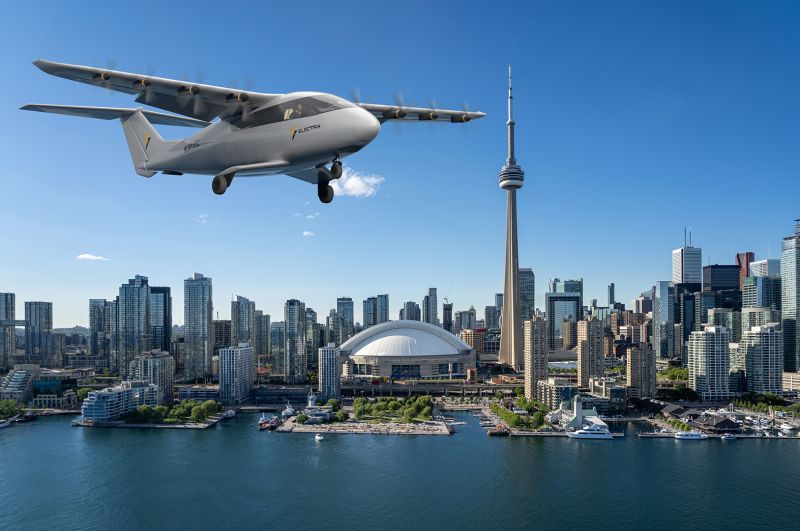
AAM will open up new forms of regional air mobility: convenient, zero emission flights between city pairs whose distances are currently not commercially viable for airlines. Passengers will hop on quick, quiet flights from Toronto’s Pearson International Airport and Billy Bishop Toronto City Airports to places like Kitchener, Peterborough, Barrie, Buffalo, Rochester, Detroit, Pittsburgh, Syracuse, and Cleveland.
In terms of traffic reduction, strategic use of AAM aircraft for delivery can remove thousands of trucks from the roads, trucks that often block entire lanes in rush-hour traffic. Cargo as diverse as heavy freight, depot-to-depot, retail packages, and just-in-time deliveries can be delivered in a variety of efficient aircraft traveling above traffic. This would result in immense savings in carbon emissions, noise, and wear and tear on the roads. The new aircraft are still in development and testing, with some being certified by 2024.
The research pointed to several factors determining Toronto’s likelihood of being an early AAM user: high GDP, extreme road congestion, world class medical facilities, robust tech, strong financial and STEM educational sectors, and a flourishing aerospace industry already in place.
As a next step, CAAM has retained NEXA Advisors to prepare an Economic Impact Analysis in the coming weeks to determine the number of full-time permanent jobs AAM will bring to the Greater Toronto Area, as well as tax revenues and new overall economic activity. Based on similar studies, Toronto will likely see thousands of new jobs, hundreds of millions in new tax revenues, and billions in new overall economic activity between now and 2045.
Stephen Lund, CEO, Toronto Global, said, “The introduction of a sustainable, equitable, and profitable Advanced Air Mobility industry in Canada and in the Toronto Region will create innovative solutions to existing environmental, infrastructure, and economic challenges. We welcome CAAM’s paper, and its recommendations, as we seek to leverage this innovative technology and pioneer new opportunities for advanced air mobility to create better outcomes for the Toronto Region.”
JR Hammond, Executive Director of CAAM, said, “Advanced Air Mobility is the next exponential leap in aviation. CAAM, as the national voice for the future of zero emission aviation, is bringing the knowledge and expertise to the greater Toronto region in helping craft the equitable, inclusive and sustainable air transportation of our future.”
A summary of the white paper is available here.
For more information visit:

